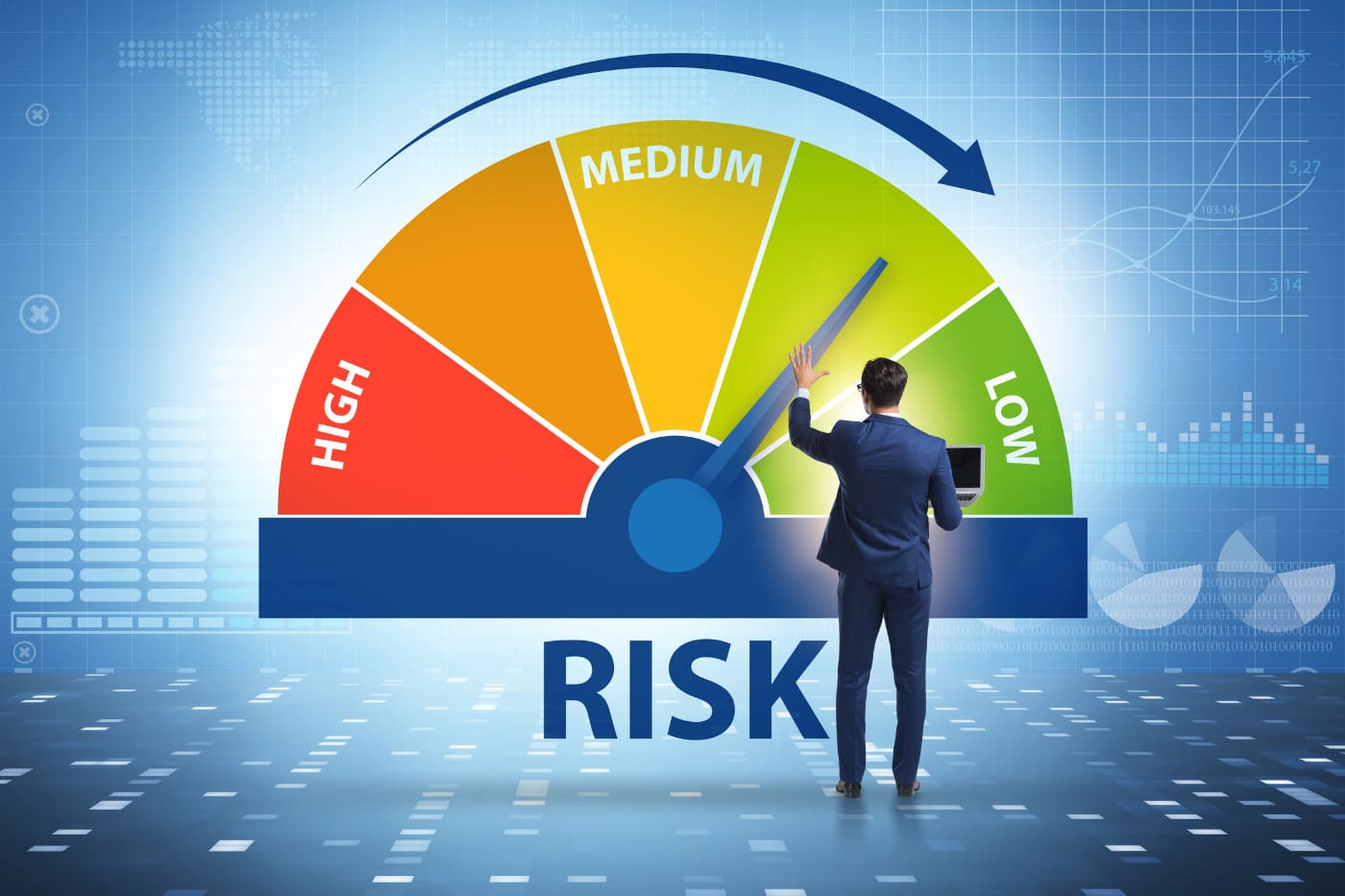Risk Management Strategies Evolution is an integral part of every organization’s strategic planning and decision-making process. Over the years, the landscape of risk has evolved significantly, driven by technological advancements, globalization, and changing market dynamics. This article delves into the evolution of risk management strategies, exploring the historical context, key milestones, and emerging trends. From traditional risk management practices to modern frameworks, we analyze how organizations adapt to the ever-changing risk landscape and employ innovative strategies to mitigate, transfer, or capitalize on risks.
Risk Management Strategies Evolution
-
Background
Risk has always been an inherent aspect of business operations. However, the nature and complexity of risks have evolved with time, necessitating a dynamic approach to risk management. This section introduces the concept of risk management, its historical roots, and the catalysts that have driven the evolution of risk management strategies.
-
Purpose and Scope
The purpose of this article is to provide a comprehensive overview of the evolution of risk management strategies. We will explore the progression from traditional risk management methods to contemporary approaches, addressing the challenges and opportunities that organizations face in managing risks in today’s fast-paced and interconnected world.
-
Historical Perspectives on Risk Management
Ancient Risk Management
Risk management practices can be traced back to ancient civilizations, where traders and merchants used rudimentary methods to mitigate risks associated with trade routes, market fluctuations, and geopolitical uncertainties. This section delves into historical examples of risk management in ancient societies and examines the primitive risk mitigation techniques employed.
Industrial Revolution and the Birth of Insurance
The Industrial Revolution marked a significant shift in the nature of risks faced by businesses. With the emergence of large-scale industrialization, new risks such as machinery breakdowns, supply chain disruptions, and workplace accidents became prevalent. This section explores the evolution of insurance as a risk management tool during this period, laying the foundation for modern risk transfer mechanisms.
Traditional Risk Management Approaches
-
Risk Identification and Assessment
In the mid-20th century, organizations began formalizing their risk management processes, focusing on identifying and assessing potential risks. This section discusses the development of risk matrices, scenario analysis, and other traditional risk assessment methods used to categorize and prioritize risks.
-
Risk Mitigation and Transfer
Traditional risk management strategies often revolved around minimizing the impact of identified risks. This involved implementing preventive measures, diversification, and transferring risks through insurance. The article explores how organizations traditionally approached risk mitigation and transfer, emphasizing stability and continuity.
Modern Risk Management Frameworks
-
Enterprise Risk Management (ERM)
The late 20th century witnessed the emergence of Enterprise Risk Management (ERM) as a holistic approach to managing risks across an entire organization. ERM integrates risk management into an organization’s overall strategy, emphasizing the interconnectedness of risks and the need for a coordinated response. This section explores the key components of ERM and its impact on organizational decision-making.
-
Cyber Risk Management
As technology became integral to business operations, cyber risks gained prominence. This section examines the evolution of cyber risk management strategies, including the development of cybersecurity frameworks, incident response plans, and the role of artificial intelligence in detecting and preventing cyber threats.
Emerging Trends in Risk Management
-
Data Analytics and Predictive Modeling
Advancements in data analytics and predictive modeling have transformed how organizations approach risk management. This section explores the use of big data and predictive analytics in identifying emerging risks, enhancing decision-making, and optimizing risk mitigation strategies.
-
Climate Change and Environmental Risks
The growing awareness of environmental issues has elevated the significance of climate change and other environmental risks. This section discusses the integration of sustainability and environmental considerations into risk management frameworks, emphasizing the need for organizations to address both financial and non-financial risks.
-
Geopolitical Risks in a Globalized World
In an interconnected world, geopolitical risks have become more complex and impactful. This section examines how organizations navigate geopolitical uncertainties, trade tensions, and regional conflicts, emphasizing the importance of geopolitical risk analysis in strategic planning.
Case Studies: Implementing Innovative Risk Management Strategies
Case Study 1: Integrating ESG Factors for Sustainable Risk Management
This case study explores how a multinational corporation successfully integrated Environmental, Social, and Governance (ESG) factors into its risk management framework, aligning business objectives with sustainability goals.
Case Study 2: Leveraging Technology for Cyber Risk Resilience
Examining a technology-driven company, this case study illustrates how organizations can leverage cutting-edge technologies, such as artificial intelligence and machine learning, to enhance their cyber risk resilience and response capabilities.
Challenges and Opportunities in Modern Risk Management
-
Overcoming Resistance to Change
Implementing new risk management strategies often faces resistance from organizational stakeholders. This section discusses common challenges and provides insights into overcoming resistance to change, fostering a risk-aware culture.
-
Embracing Innovation and Adaptability
The evolving nature of risks demands organizations to be innovative and adaptable in their risk management approaches. This section explores how organizations can cultivate a culture of innovation and agility to respond effectively to emerging risks.
Future Directions in Risk Management
-
The Role of Artificial Intelligence and Machine Learning
Artificial intelligence and machine learning are poised to play a crucial role in the future of risk management. This section discusses the potential applications of AI and ML in risk identification, assessment, and response, forecasting a shift towards more proactive and predictive risk management.
-
Regulatory Landscape and Compliance
The regulatory environment continues to evolve, shaping the way organizations approach risk management. This section explores the future trends in regulatory requirements and their impact on risk management practices, emphasizing the importance of compliance.
Conclusion on Risk Management Strategies Evolution
The evolution of risk management strategies reflects the dynamic nature of the business environment. From ancient civilizations to the digital age, organizations have continuously adapted their approaches to identify, assess, and mitigate risks. As we look to the future, the integration of technology, sustainability considerations, and a proactive mindset will be key to navigating the uncertainties of an ever-changing world. This article serves as a comprehensive guide, providing insights into the historical context, traditional approaches, and emerging trends that shape the evolution of risk management strategies.







